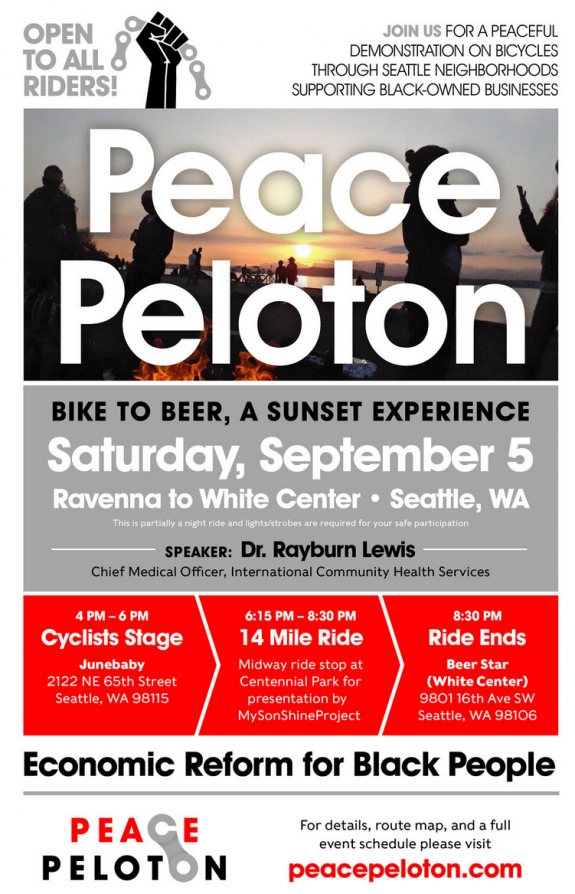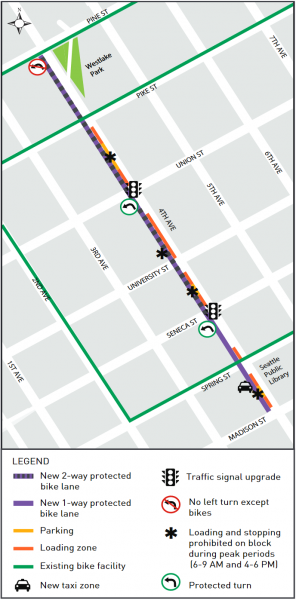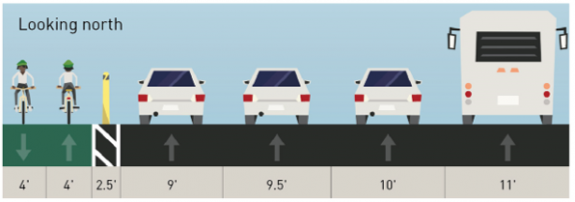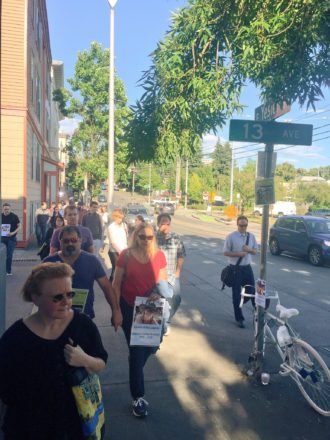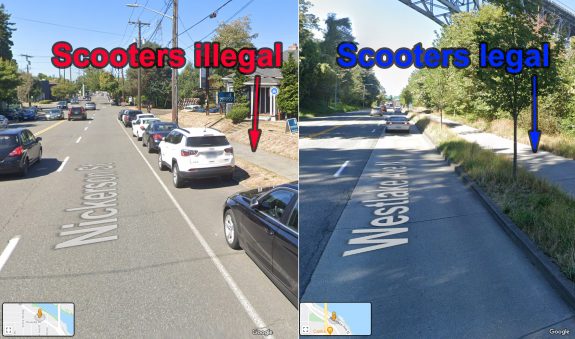 The 520 Bridge will be closed 11 p.m. September 11 until 5 a.m. September 14 for a series of major construction projects. These closures include the trail over the lake.
The 520 Bridge will be closed 11 p.m. September 11 until 5 a.m. September 14 for a series of major construction projects. These closures include the trail over the lake.
The trail under the bridge on the Montlake side connecting Shelby/Hamlin to Lake Washington Blvd will be open during the daytime, but will close at night.
Details from WSDOT:
Reminder to travelers: SR 520 will completely close for construction between Seattle and the Eastside from 11 p.m. Friday, Sept. 11, to 5 a.m. Monday, Sept. 14. During that weekend, crews will repair a damaged sign bridge that goes over all lanes of SR 520, realign Montlake’s eastbound SR 520 on-ramps, restripe a section of the westbound lanes, and more. Check out our latest video to learn more.
What travelers should expect:
- All east- and westbound lanes will be closed between Montlake Boulevard and 92nd Avenue Northeast near Medina.
- The SR 520 Trail will be closed across Lake Washington.
- The temporary path under SR 520 between East Montlake Park and Lake Washington Boulevard will be open during the daytime, with flaggers present, so please use caution. This path will close at night.
- SR 520 will remain open between I-5 and Montlake Boulevard.

